Caring for your baby6 to 12 Months
- Home
- Infants
- Growth & Development
- 6 to 12 Months
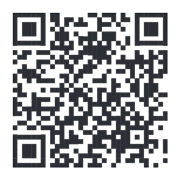
I grow best with love and the right food.
When I’m about 6 months old, I can start to eat solid foods. Please go slowly. If our family has allergies or I was born early, talk to my healthcare provider or WIC before I start solid foods.
Offer me only one new food at a time. My body must get used to each one. Start with a single food. It could be baby cereal, vegetables, fruit, or meat. I might only eat 1 or 2 spoonfuls or nothing at all.
According to the Academy of Pediatrics, wait 2-3 days before you give me another food. If I throw up, wheeze, get a rash, or diarrhea stop feeding me the food. Food allergy reactions may begin within minutes of eating a food or hours after eating a food. Call my doctor right away and tell WIC. I may need medical attention.
To eat solid foods, I must be able to:
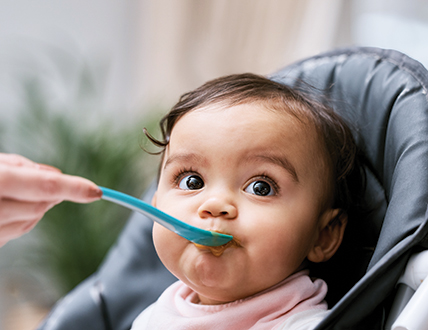
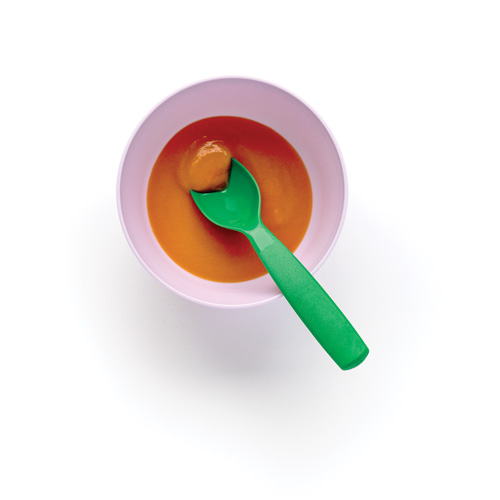
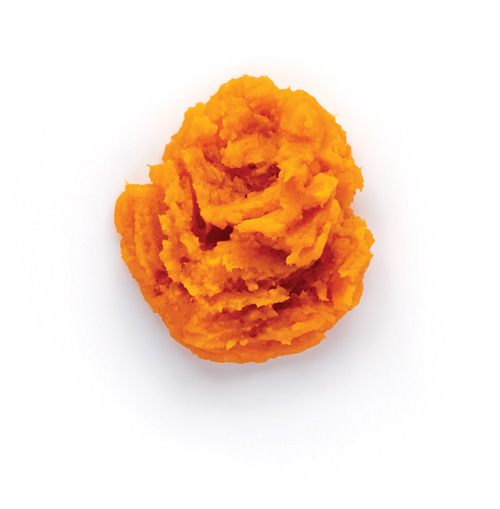

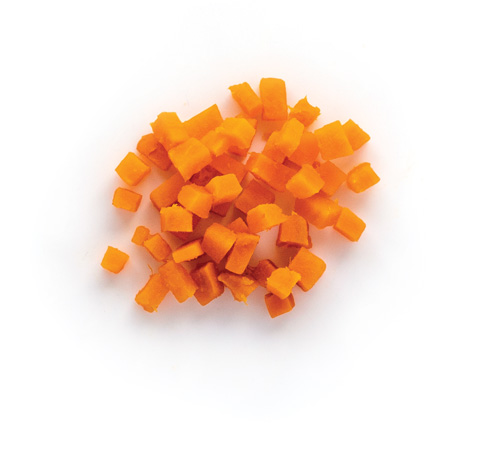
As I learn to eat, you can begin to offer thicker and lumpier food. Be sure I can safely handle food from one stage before I try the next one.
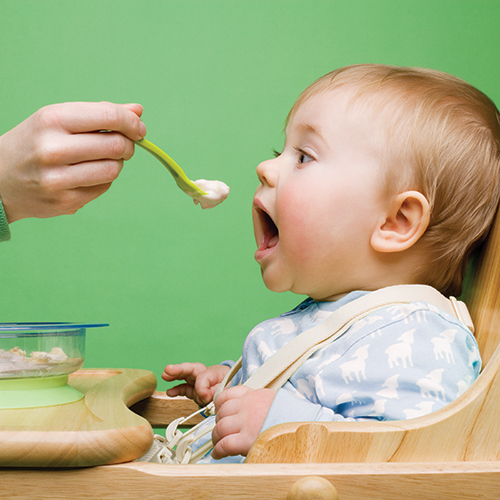
I’ll open my mouth if I want more food.
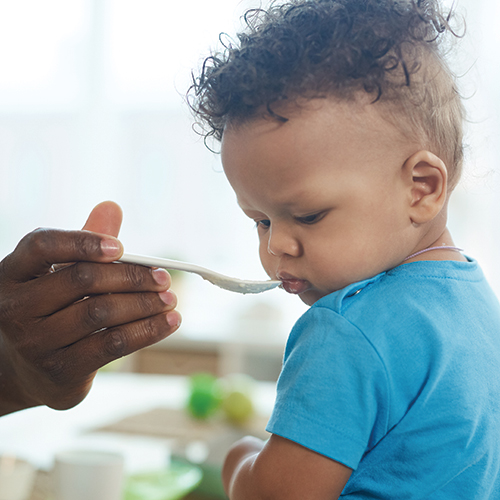
I’ll keep my mouth closed or turn my head if I don’t want more food; don’t force me to eat.
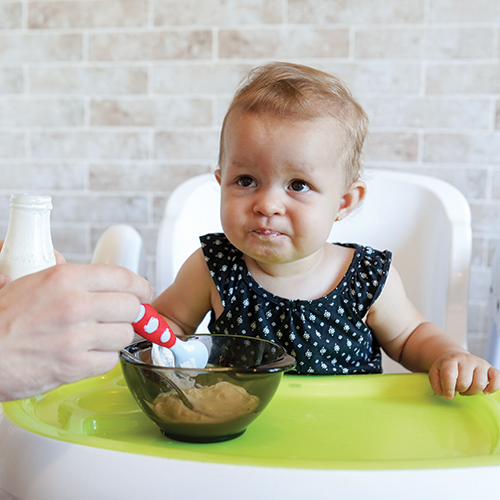
I might spit food out or make a face. I’m learning new flavors and how to move food around in my mouth.
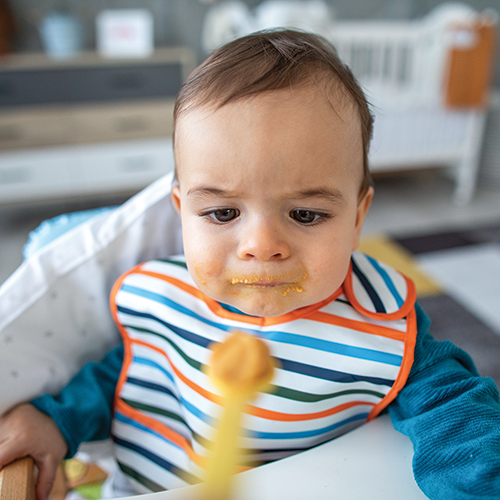
If I don’t like something, wait a week and let me try it again. I might need to try a new food 10 times or more before I like it!
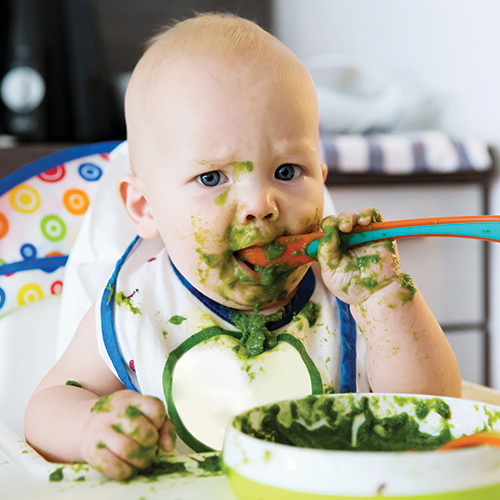
I’ll get food on my hands, face, and in my hair. Try not to stress about the mess. Be proud of me as I learn to eat.
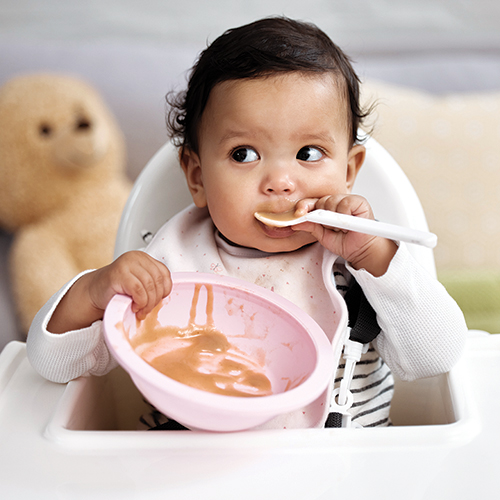
Let me feed myself with my hands or a spoon. I use my jaw to mash food and my tongue and fingers to move it in my mouth.
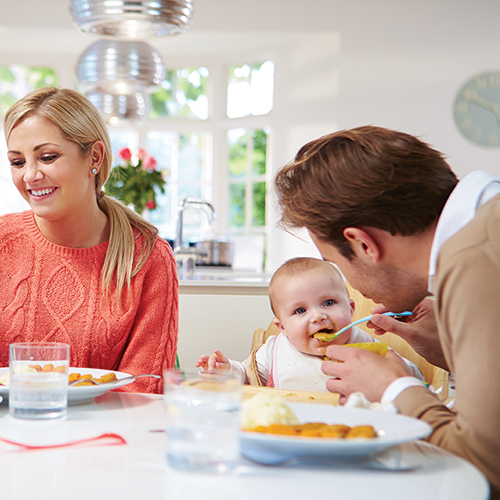
Eat with me at our family meals. I eat better when you are with me. Let’s turn the TV and cell phone off so we can talk.

During my first year of life, most of my nutrition is still coming from breast milk or formula. Eating solid foods is mostly about learning how to eat, and experiencing new tastes and textures. My foods will change as I learn and grow.
For me, amounts are often small. I may start out eating only a few teaspoons. You might offer me purees or lumpier foods like mashed potatoes or bananas. As I get better at eating, you can offer me soft, cut up foods or foods I can pick up by myself.
My appetite can change from day to day. So, don’t worry if I eat more one day and less the next. Start slow and add on new foods. We’ll learn together. Eating together should be enjoyable for both of us.
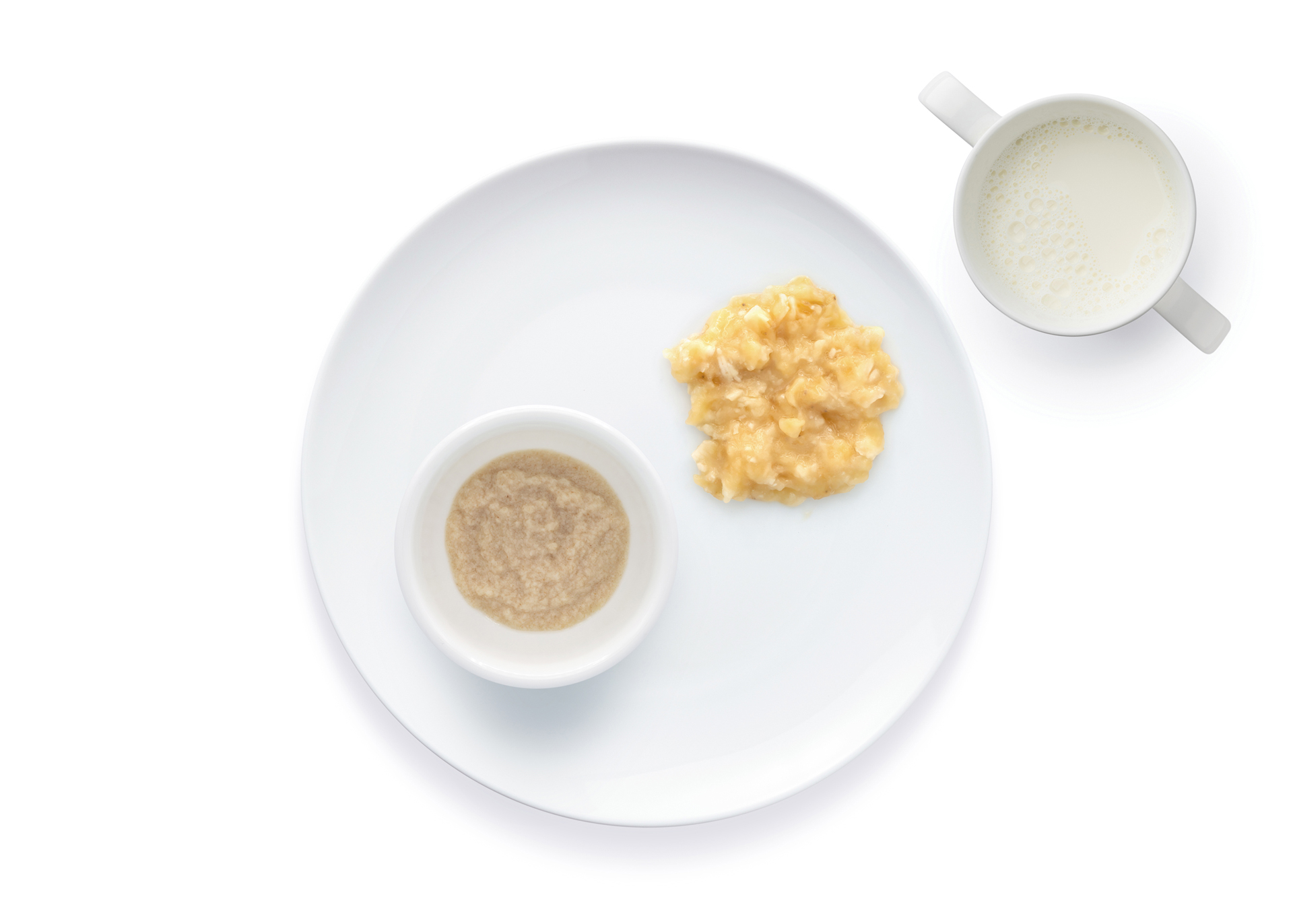

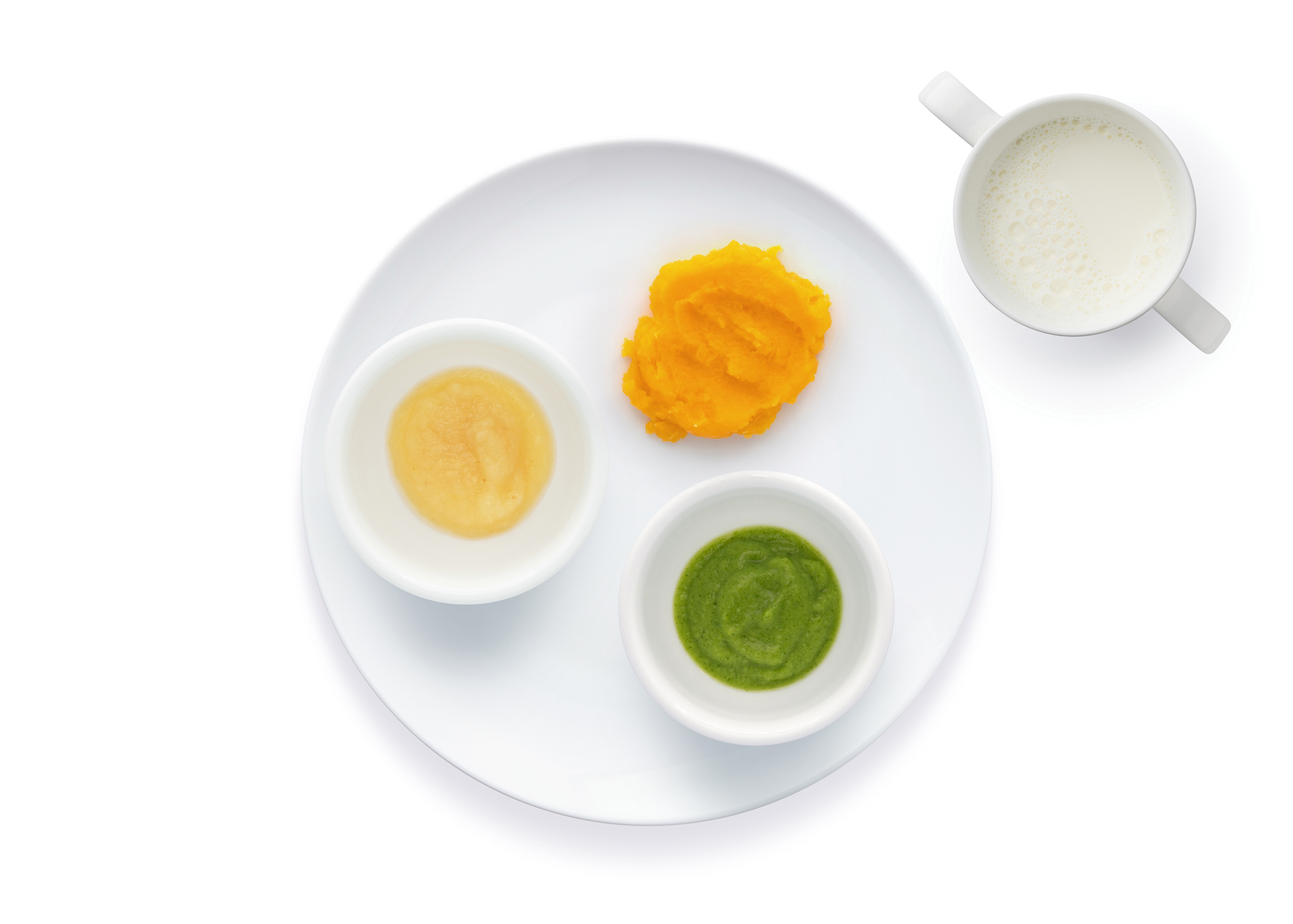
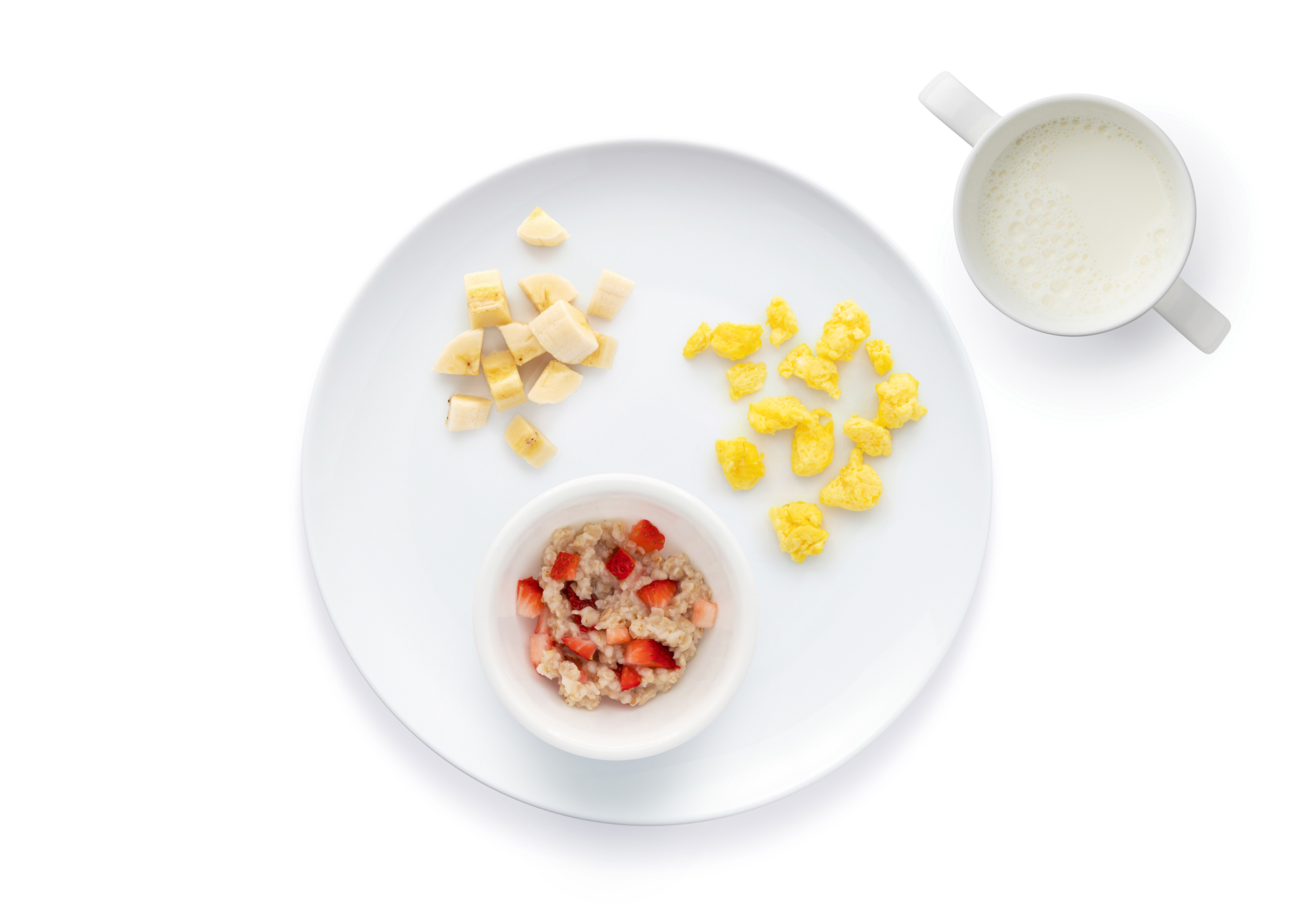
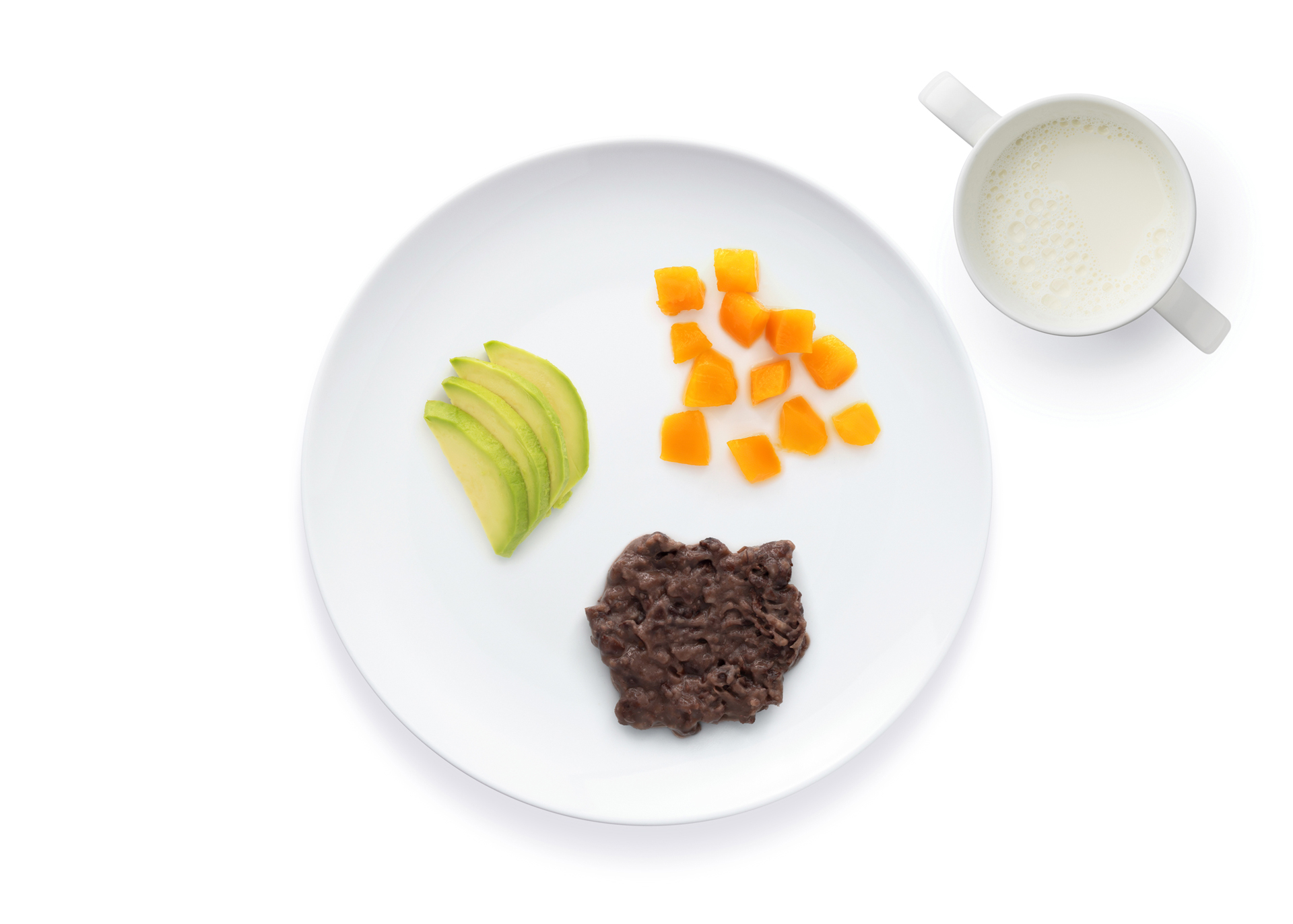
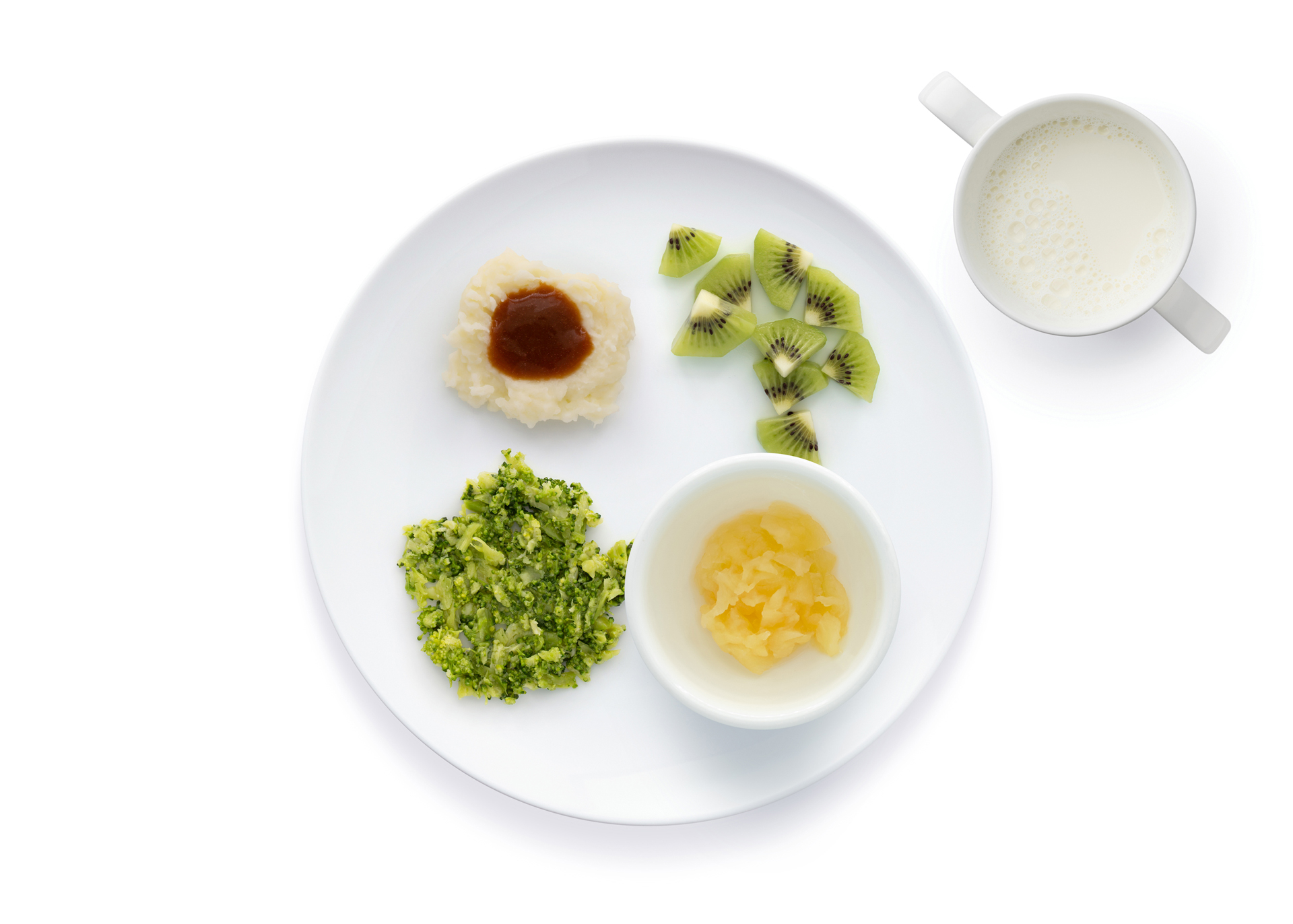
– OR –
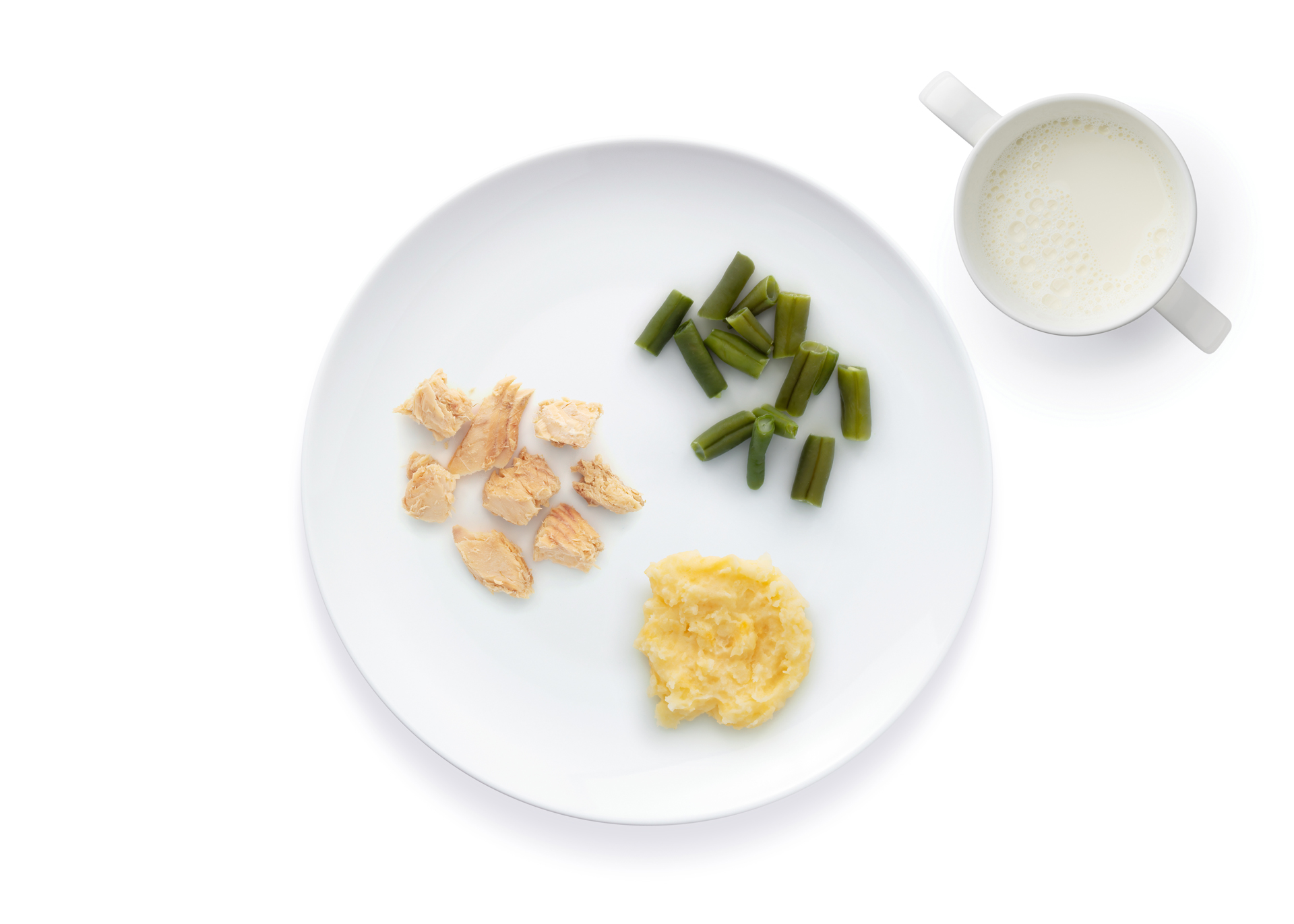
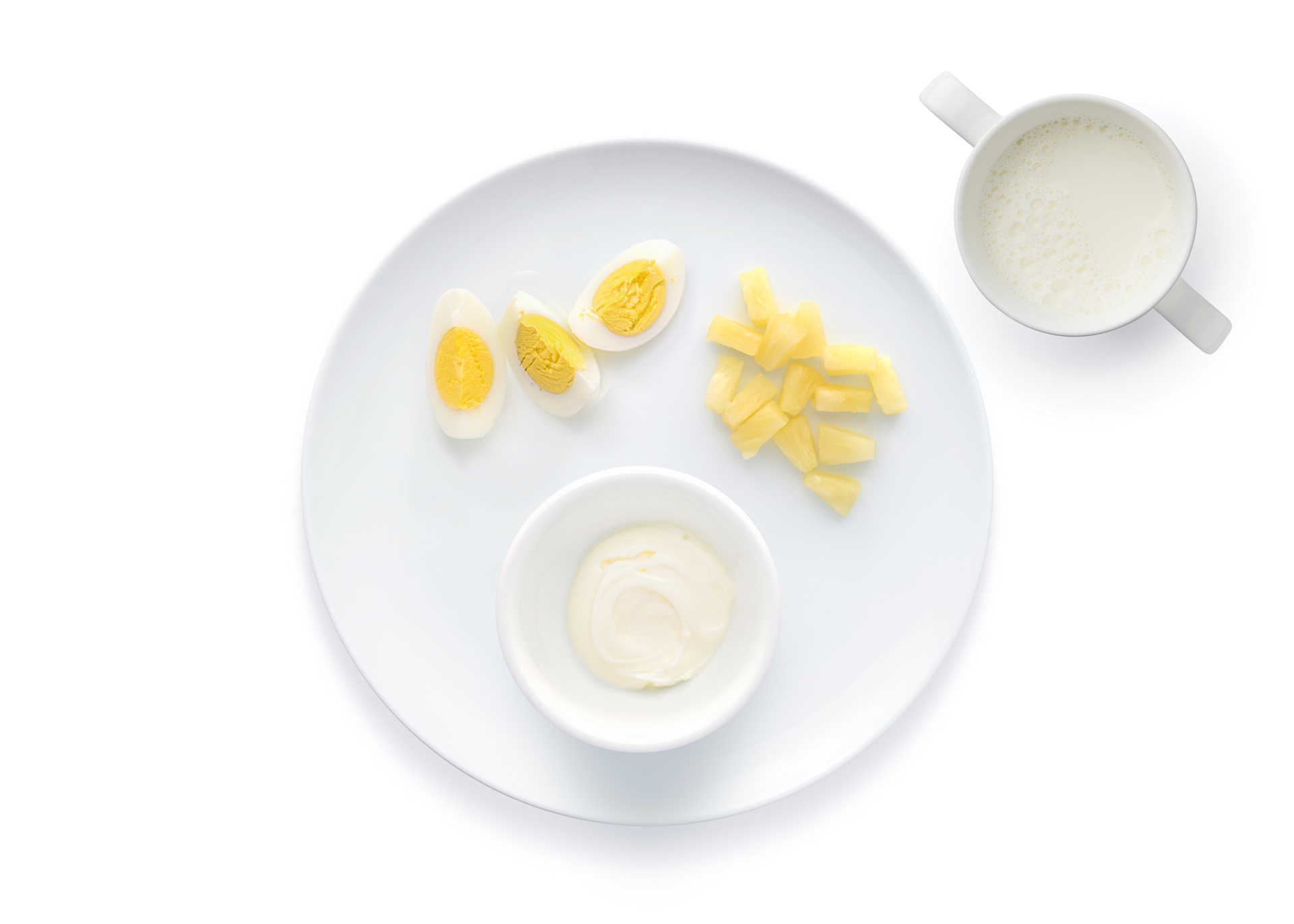
– OR –
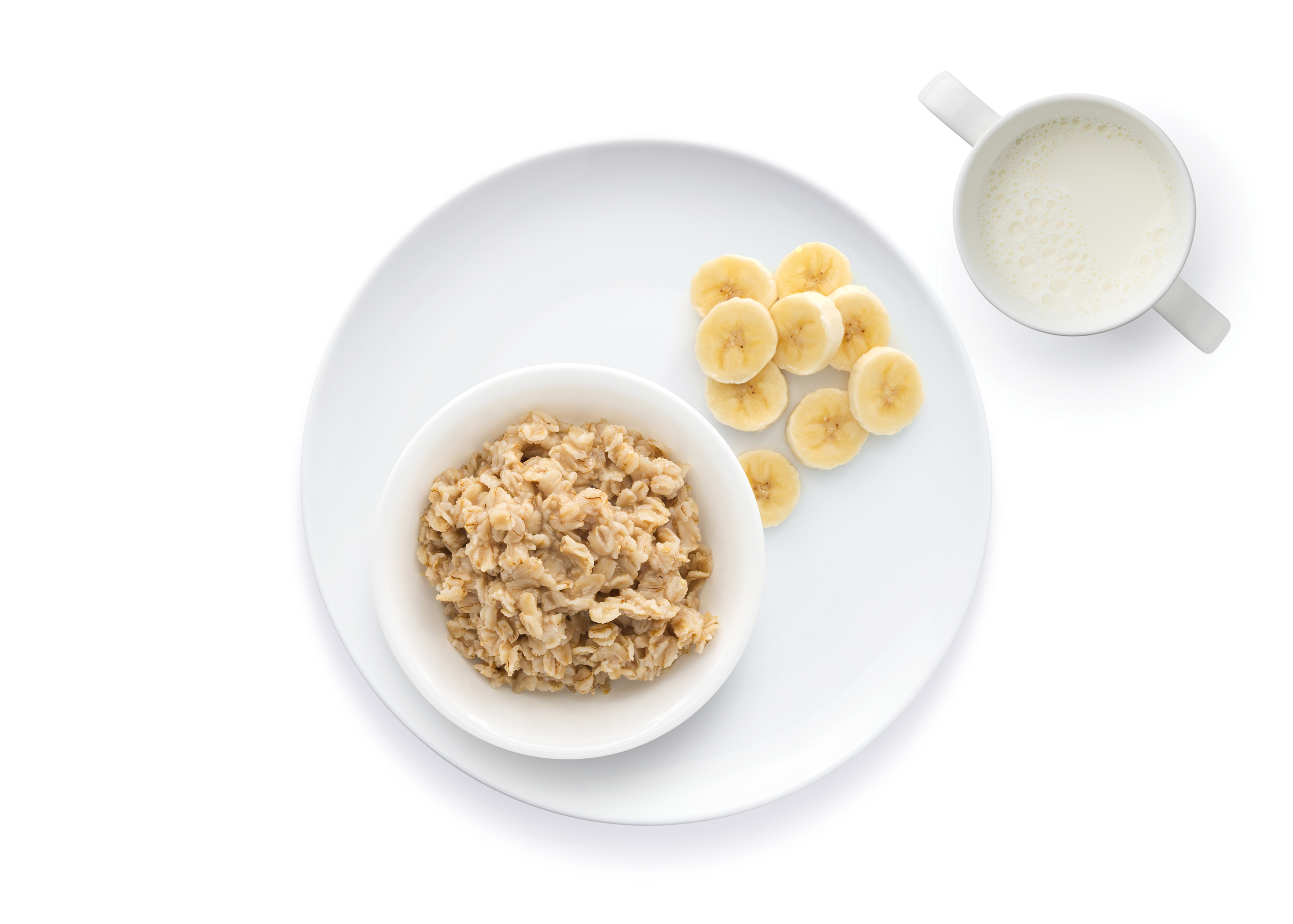
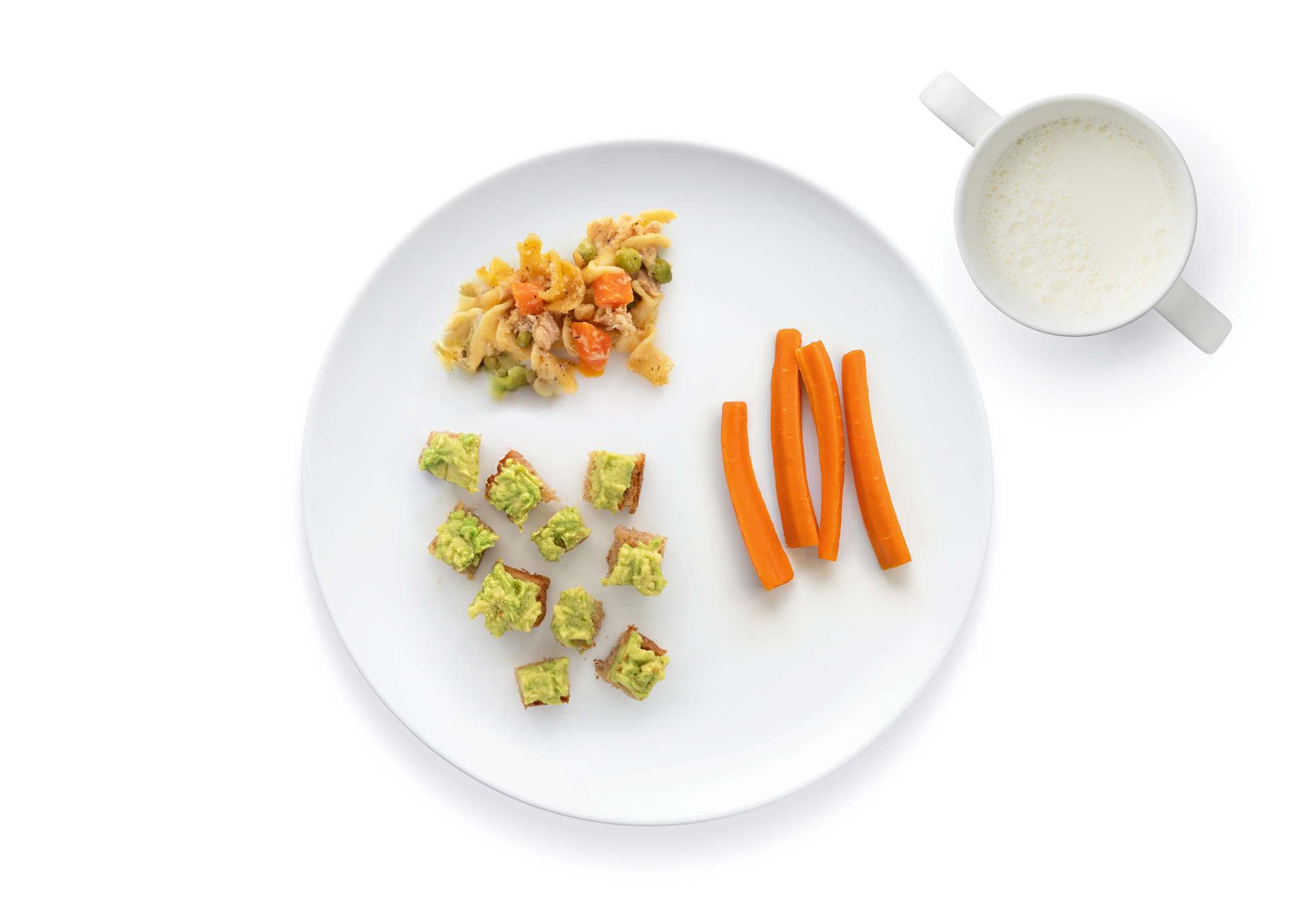
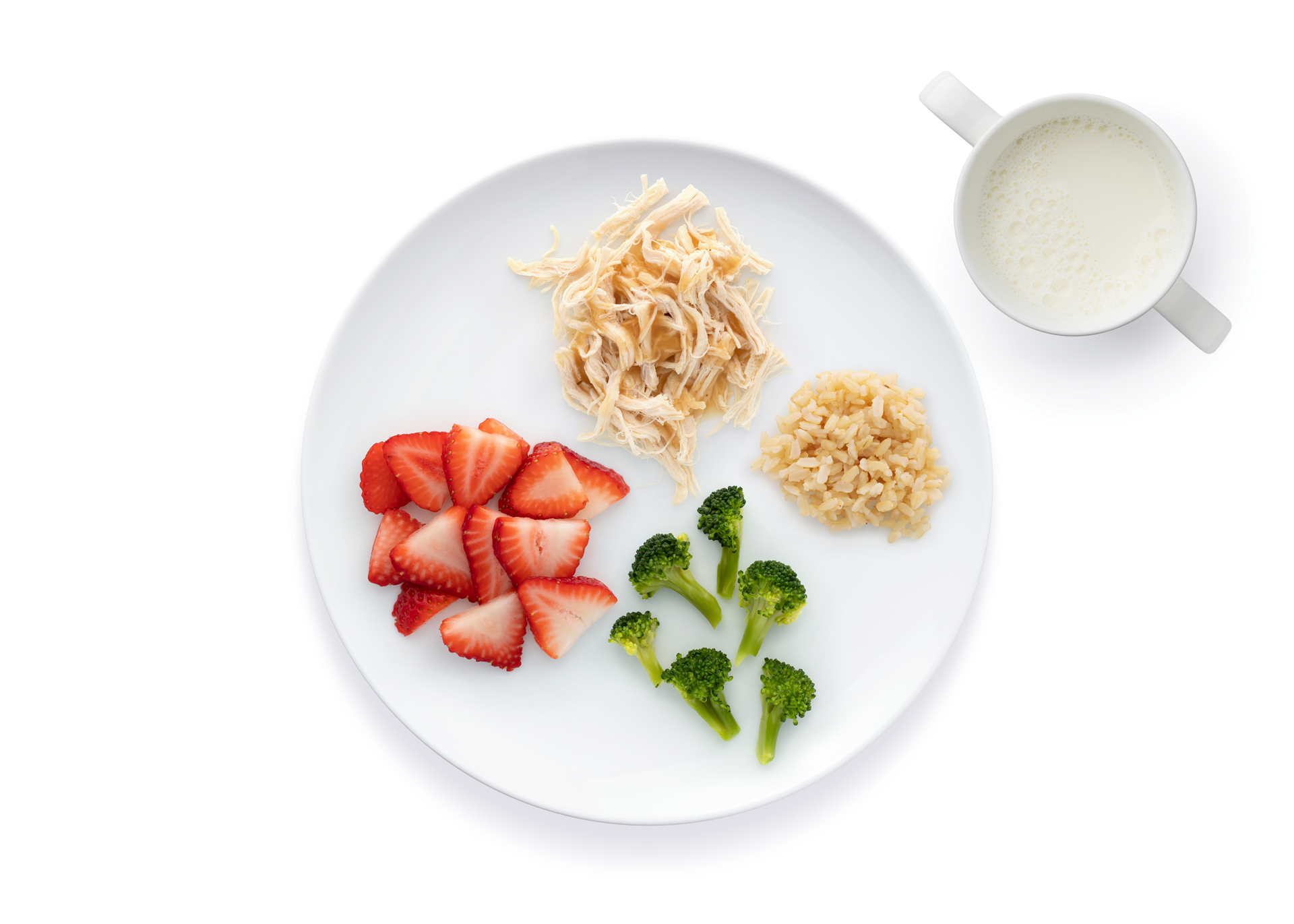
Let me eat until I show signs I’m full. I might close my lips, turn or shake my head, or raise my arm. Let me stop eating and get down when I’m done.
Please offer me a variety of foods. Talk with me while we eat. Watch for signs that I’ve had enough to eat. And, let me down when I am done.

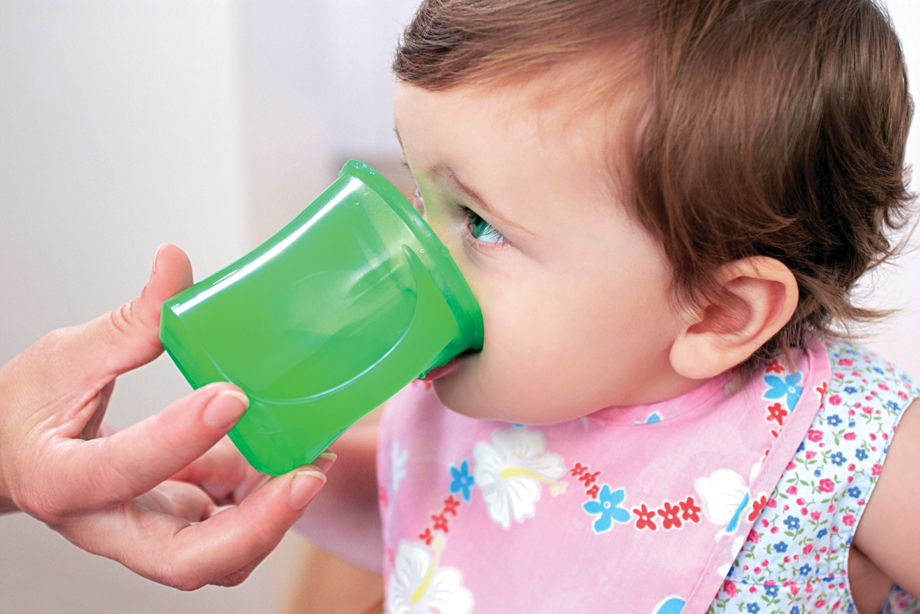
Around 6 months old, you can help me to learn how to drink from a cup by giving me a small amount of water in an open cup. At mealtime, you can start helping me learn how to use an open cup with small amounts of breast milk or infant formula.
We need to wash our hands before making my food or feeding me.
Put my food in a small dish and feed it to me with a baby spoon.
Don’t heat my food in a microwave. It could burn my mouth.
Throw out any food, breast milk, or formula left in a bottle, cup, or dish after I eat.
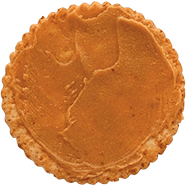
I can safely try peanut butter somewhere between 4 and 6 months as long as I haven't had an allergic reaction to other foods or eczema or other skin sensitivities. Trying peanut butter while I'm young can help prevent allergies to it later when I'm older.
Here's how to introduce me to peanut butter.

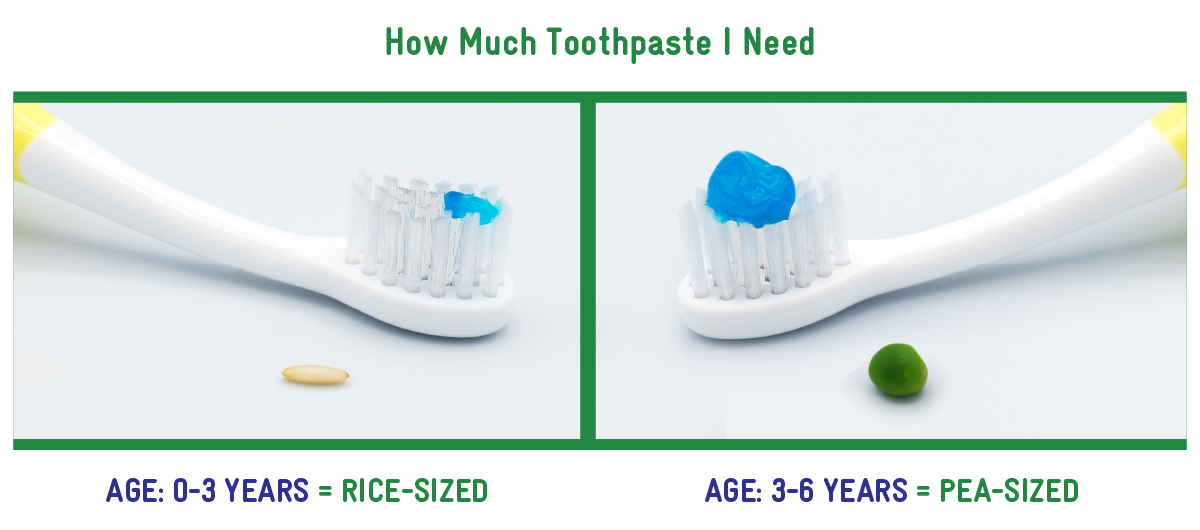

Install this web app on your iPhone: tap ![]() and then Add to Home Screen.
and then Add to Home Screen.
Side-Lying Hold
This hold is useful when:
Cross-Cradle Hold
This hold is useful when:
Clutch or “Football” Hold
This hold is useful when:
Cradle Hold
This hold is useful when:
Laid-Back Hold
This hold is useful when: